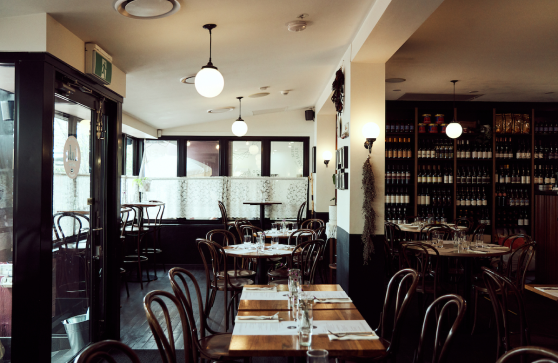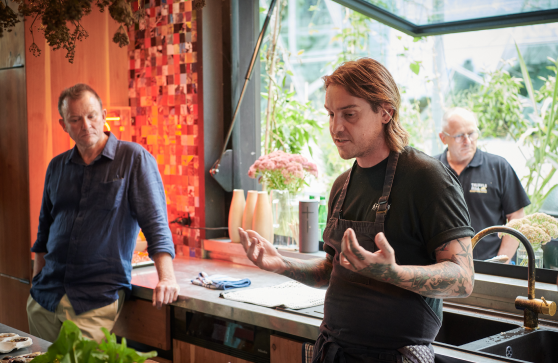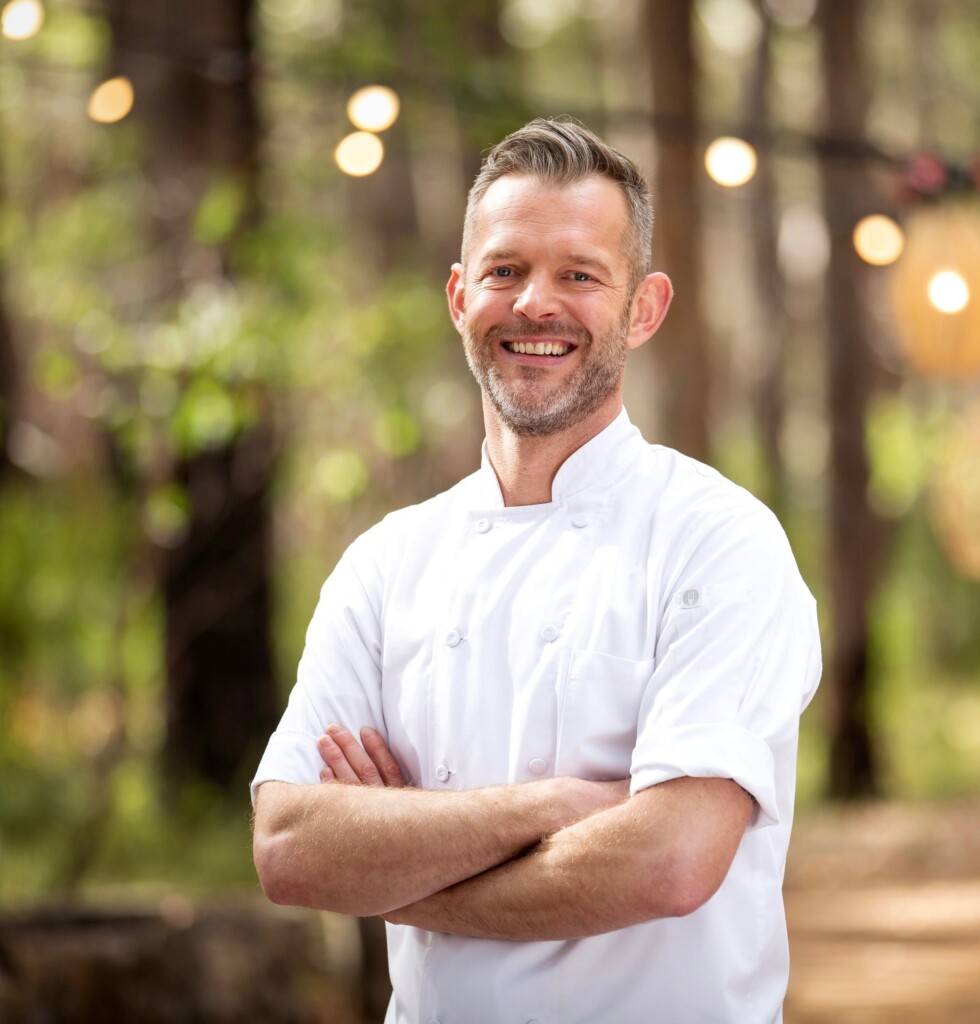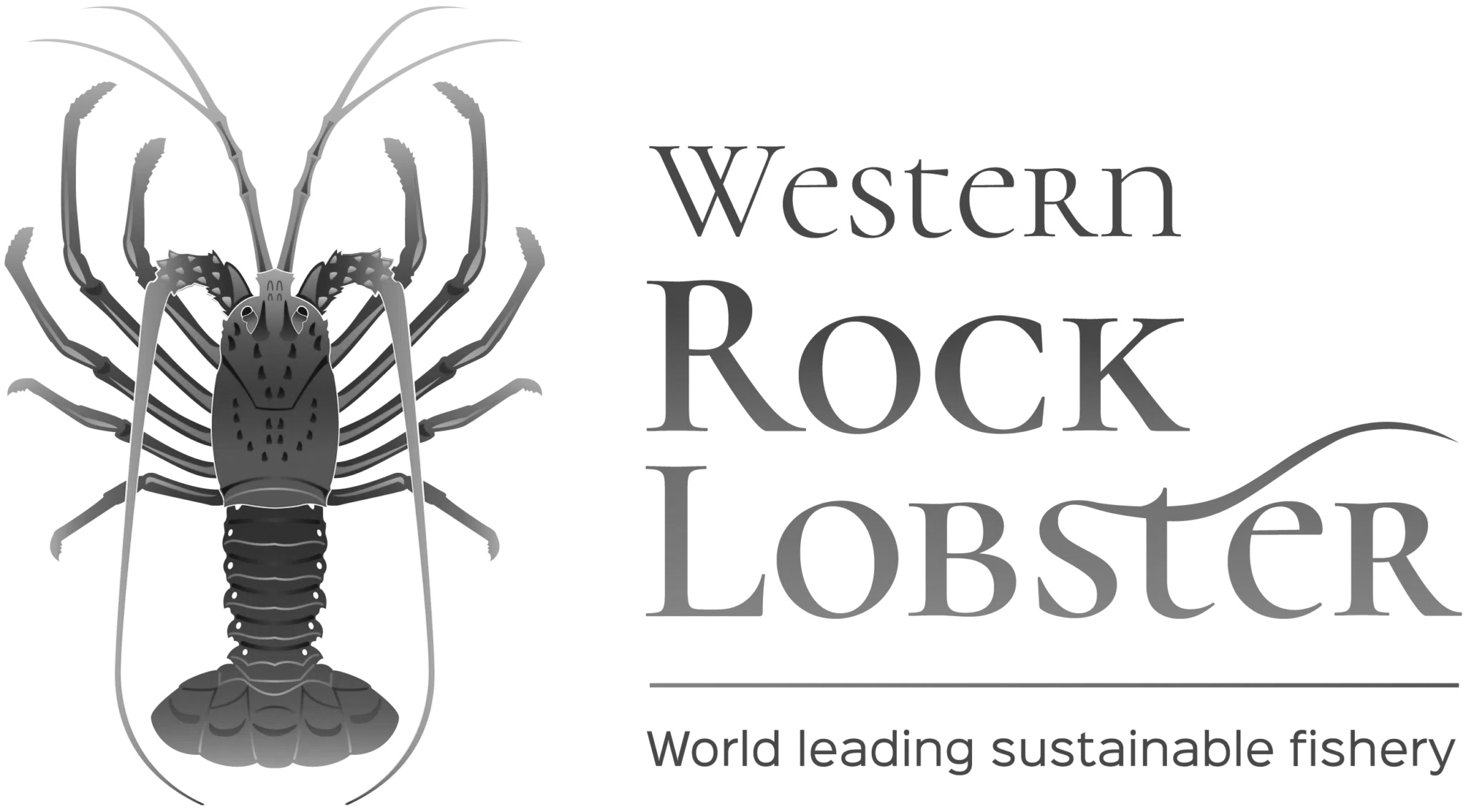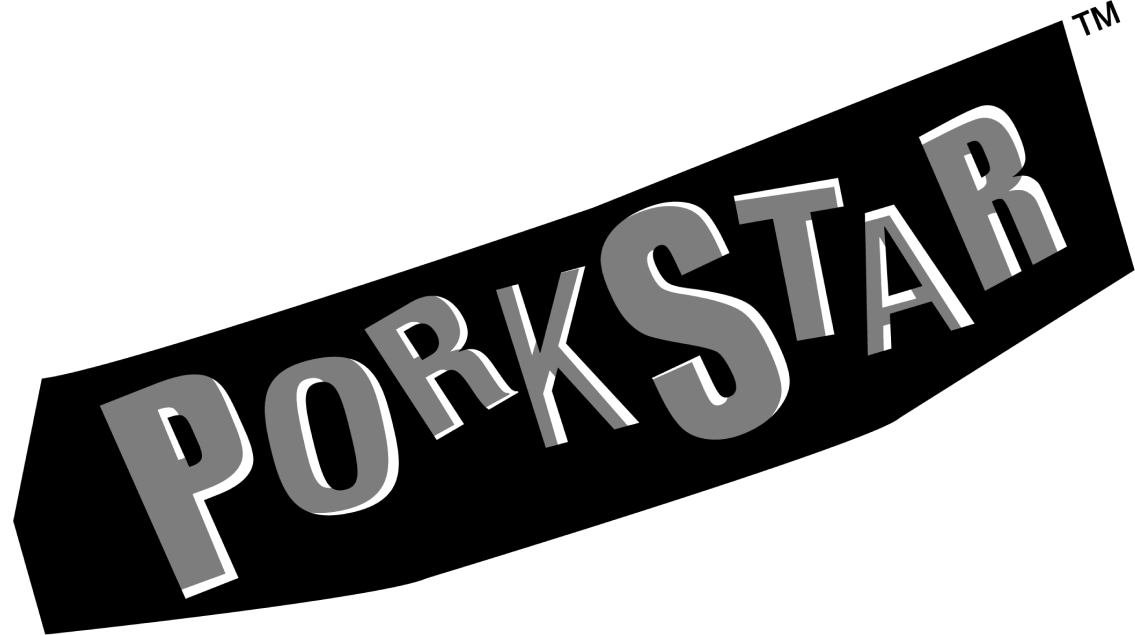There’s regenerative farming on a small-scale, and then there’s Dirty Clean Food, whose model provides small-scale family farms, doing things the right way, with a platform to not only make what they do viable, but to thrive. The end result? Better tasting produce, that’s better for the environment.
“I don’t think people fully understand how difficult it is to process a cow, and what’s involved in doing that,” says regenerative beef farmer Warren Pensini. It’s a comment that may leave you scratching your head, but it’s a problem that’s at the heart of Dirty Clean Food’s thinking and inception.
“To pack [beef] to a really high standard, not only to sell directly to customers, but also to food service and retail, as well as farming, is just too much,” says Pensini whose Blackwood Valley Beef has been a high-water mark of Western Australian beef for more than a decade. The truth of family farming is that to realise a fair price, many farmers are spread too thin. At the same time, it’s true to say that to adhere to regenerative models of farming, ones that put land care and animal welfare at the forefront of production, isn’t the easiest route.
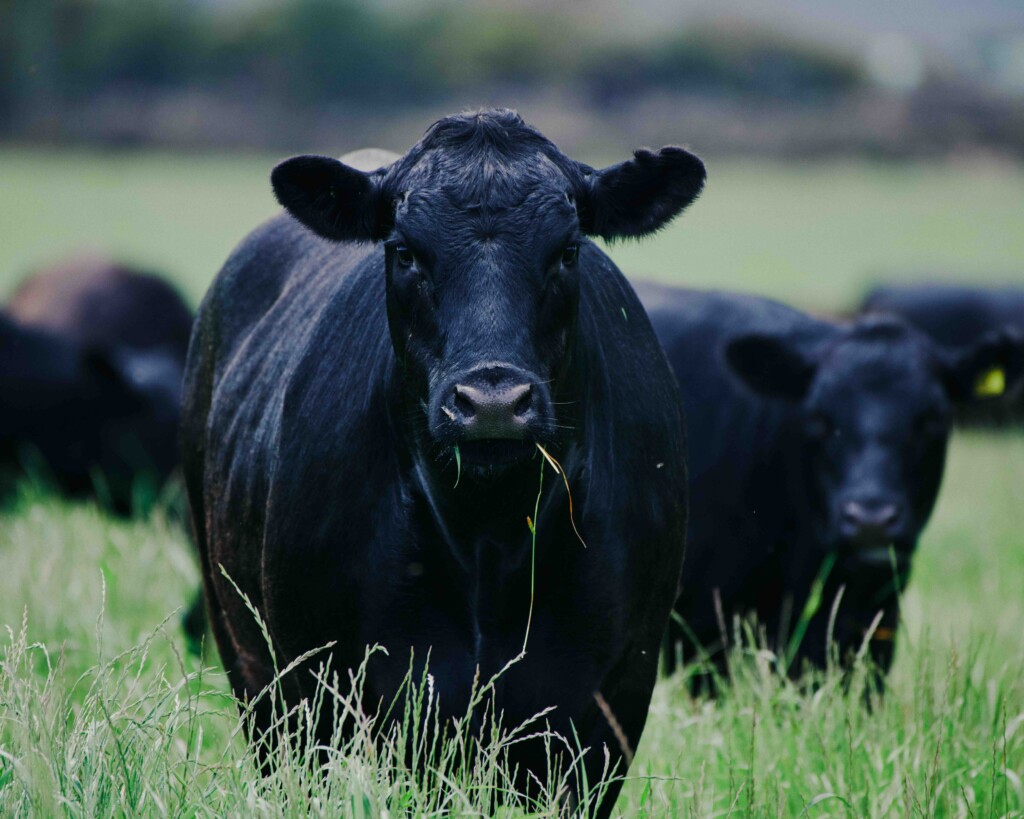
Simultaneously, consumers at both a retail and food service level have a hard time knowing what is spin and what isn’t when it comes to choosing products.
Dirty Clean Food’s entry into the market back in 2020 offered West Australian farmers and consumers a solution to these problems. “Our business overall is about regenerative farming,” says Jay Albany, CEO of Dirty Clean Food’s parent company, Wide Open Agriculture. “We identify, validate, and make it easy for [chefs and consumers] to buy regenerative produce. It’s a platform of family farms, and so every farm, about 15 of them, get production protocols that they must follow from a nutritional and environmental perspective.”
Albany says that many consumers think about prime cuts, which is just a small percentage of the dressed weight of a cow. In establishing Dirty Clean Food, Albany came to realise that they needed to embrace restaurants from the outset “to have enough volume to survive”. He recalls a couple of weeks of driving from restaurant to restaurant in Pensini’s ute, meeting chefs, focusing on the big secondary cuts, who was going to take briskets or rumps. “Restaurants really embraced us, and they helped us get going,” says Albany.
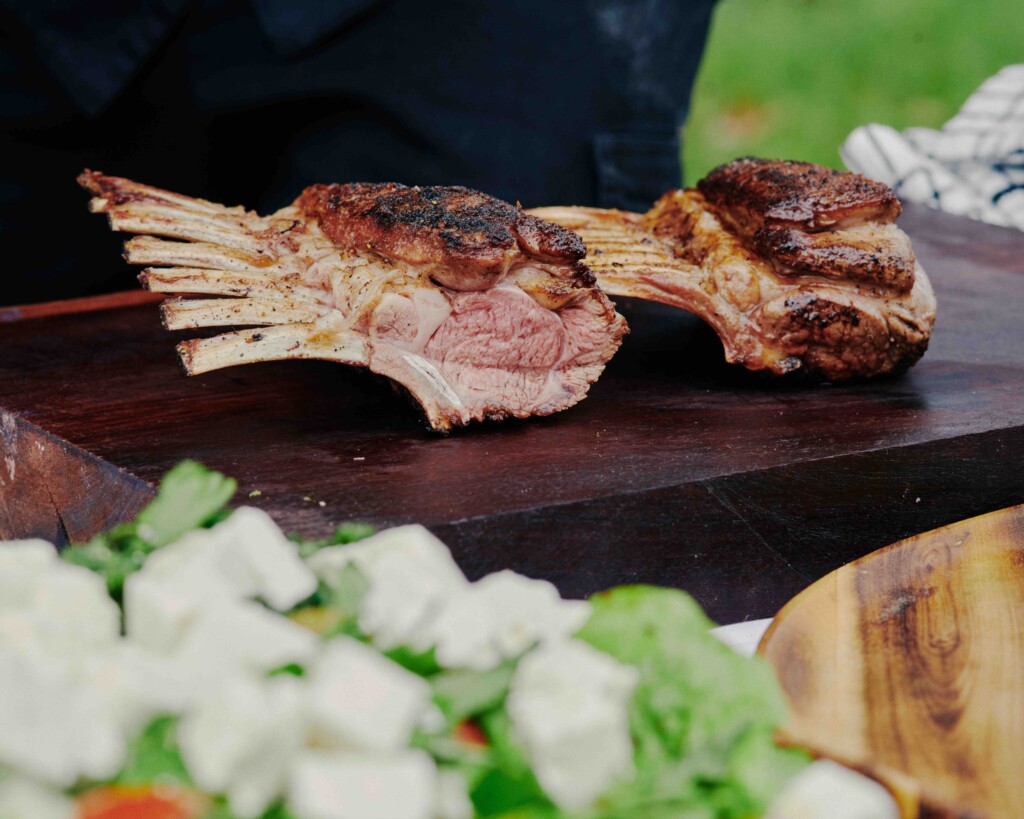
He calls out Simon Kony, of Short Order Burger Co., as an early adopter of their beef mince, and a key ingredient of their financial viability in those earlier days. Also, he says the “Freo chef crew was really nice to us, like Melissa [Palinkas of Young George and Ethos Deli] Kenny [McHardy of Manuka Woodfire Kitchen] and Gord [Kahle, now of Heritage Wine Bar].” Albany notes that a few years later Dirty Clean Food is supplying regeneratively farmed beef, pork, lamb and chicken to “about a third of the top chefs as measured by the WAGFG Top 100.”
Covid could have derailed them less than a year in, as 95% of restaurant customers cancelled orders for some amount of time. Albany and his team turned their attention to survival. It was beef mince, laughs Albany, that helped them carve out a new with home cooks. “It was one of the items shoppers hoarded in the early days of lockdowns, and we literally had a ton of the highest quality mince in 500-gram bags stacked up for the restaurants,” says Albany. “We put our whole marketing budget to buying ads – we’ve got mince, we’ll bring it to you tomorrow. When we were able to serve restaurants again, we were kind of at 50/50 between the two. It got us a lot of traction fast in that online business.”
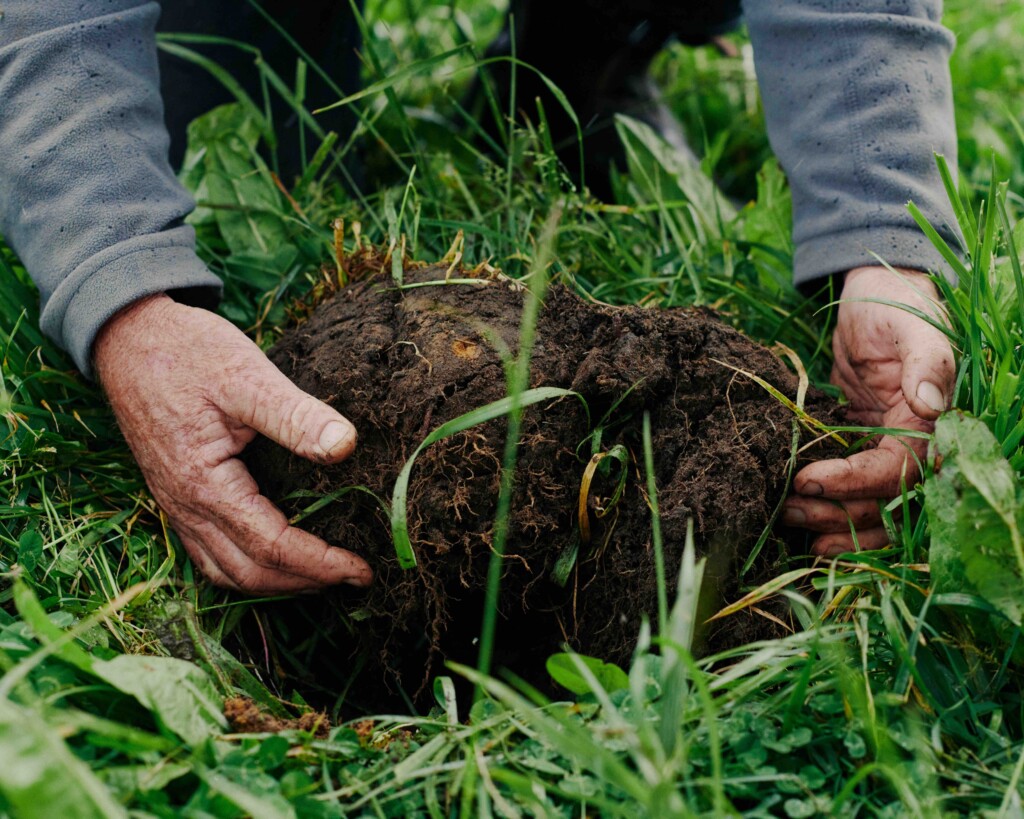
It’s a time that Albany credits as showing the spirit of the hospitality industry and even suppliers in adjacent market segments, like Fins seafood. “They had the same problems. They’d been extremely nice to me personally when I was getting going, making introductions to chefs and giving me tips. They didn’t have a website, and we started selling their fish to consumers, and we were able to employ some of their drivers for a little while during those months where no one had work.” It’s a relationship that has survived, Fins produce is still sold online to customers through Dirty Clean Food.
Blythe Calnan and Gregg Hooper supply eggs from Runnymede Farm at Uduc near Harvey. They’re an example of the ethos behind the family farms that make up Dirty Clean Food. “I used to work in the animal welfare space internationally, and everywhere I travelled I saw how animal production linked with land degradation,” says Calnan. “We went down the rabbit hole of looking at systems, inspired by people like Joel Salatin [the Virginia-based farmer and author], and thought we can sit here, worry about this and kind of judge on the way it’s heading, or we can put our money where our mouth is, get involved and see whether this really can change our food system and the direction of climatic stability.”
Hens are pasture raised, free to scratch around, find bugs, explore, and consume greenery. “They’re absorbing a lot more vitamin D, one of the things they’re finding in nutritional testing. So, you’ve actually got a nutrient difference,” she says. A regenerative approach where birds are passed over their property in moveable tractors, is better for the land, the birds fertilising as they go, not overgrazing, and allows Calnan and Hooper to run cattle on the same land. That adds a degree of resilience to their business.
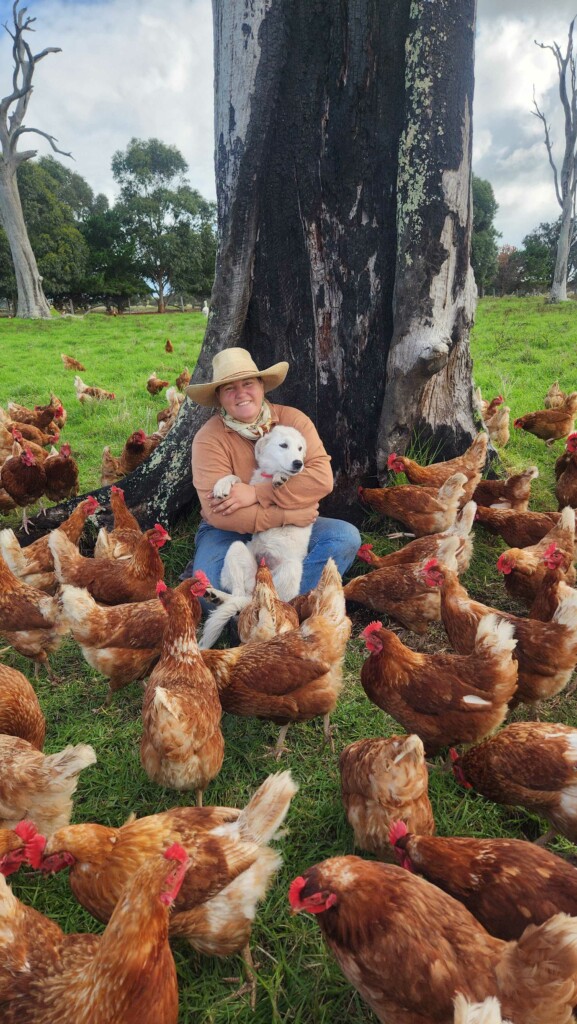
Any thoughts on why regenerative agriculture is worth supporting is answered by Pensini, who says that Dirty Clean Food have been able to ride out fluctuations in pricing which ultimately makes family farms more viable. Especially when in food service there’s “a fair bit of cheap product flooding in from the eastern states,” he says. “That’s important as a producer, as you’ve got to have some sort of surety of what you’re going to be getting down the track otherwise you’re not going to go back into the market to expand your herd.”
Calnan says that the definition of good food should be inclusive of how food is produced, what the environmental impact is, community impacts, and who the people are that are actually producing good food. That definition you could say is at the heart of Dirty Clean Food.
This article was produced in partnership with Dirty Clean Food.
